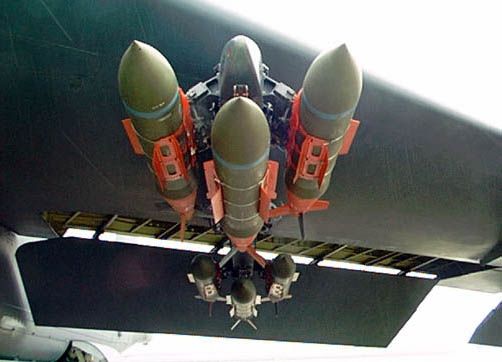-Is it true, since the intake is curved and has an angle that can cause multiple internal reflections .....
Yes...But on a single engine aircraft, that intake system curvature is natural anyway and not because of any forethought about RCS control.
-How much will this help in the frontal RCS aspect
The frontal RCS of any aircraft, except prop jobs, is the lowest RCS aspect.
...since the DSI itself was believed to reduce the RCS by 25-30% or atleast thats what I read in an article...
I have a serious problem with that argument and unfortunately to those of us who have relevant experience in this field, that argument have been taken as technical gospel when it should be technical nonsense. Nothing personal to you but to that argument.
By what 'non-DSI' measurements performed and how much to establish an accepted baseline to determine future DSI-ed intake systems? None that am aware of. Any figure of 'reduction' thrown out or threw up by anyone is purely speculative. At least for the frontal RCS value, we have top/bottom to measure against. But for a DSI-ed intake system of any aircraft, have any of its brothers been equipped with a 'non-DSI' intake and RCS measurements performed on both? If the answer is no, then how valid is that claimed reduction figure?
Here is one of my favorite illustrations about radar detection that says so much about the field...
That is what an airliner look like electrically.
The 'floor' is a rejection threshold, meaning signal levels that we discard from display because it is too low. Not because we do not detect them because in radar detection
NOTHING is invisible and no self respecting radar engineer will ever say anything is 'invisible'. What we do not 'see' or display on the scope or the graph as above are simply signal strengths that we do not want to 'see' or display.
So for the airliner above, somewhere in that display is a UHF dorsal antenna. But the reason we do not see the antenna is because its reflectivity is
MASKED by greater reflecting signals. It does not mean the seeking radar do not detect that little blade antenna. Have no doubt, my friend, it does. But there are larger surfaces and structures whose reflectivity are much greater so the seeking radar have to display those greater signal strengths.
That huge spike in the rear is the vertical stabilator. Now why would I want to reduce the reflectivity of that little UHF blade antenna when there is that huge spike to give me away? It make no common sense, let alone financial sense.
Same argument with a DSI-ed intake and a 'regular' intake.
The above RCS nightmare is going to mask the 'regular' intake so much that the 'regular' intake might as well be a DSI intake. In other words, it does not matter one whit to the enemy's seeking radar if you have a 'regular' intake or a DSI version if you are going to carry all that wing doo-dads from home base to target.
The F-22 does not have a DSI intake system and its RCS is secret unknown.
So please take with a lot of salt anyone from any forum saying a DSI intake system 'reduces' the RCS of this or that fighter by X or Y percentage. Ask reduced from what baseline and ask for sources of that baseline. You will find the guy start sputtering and stuttering on how he came to that conclusion.

 . All of my x-mil home boys also lay low in good old jeans.
. All of my x-mil home boys also lay low in good old jeans.













